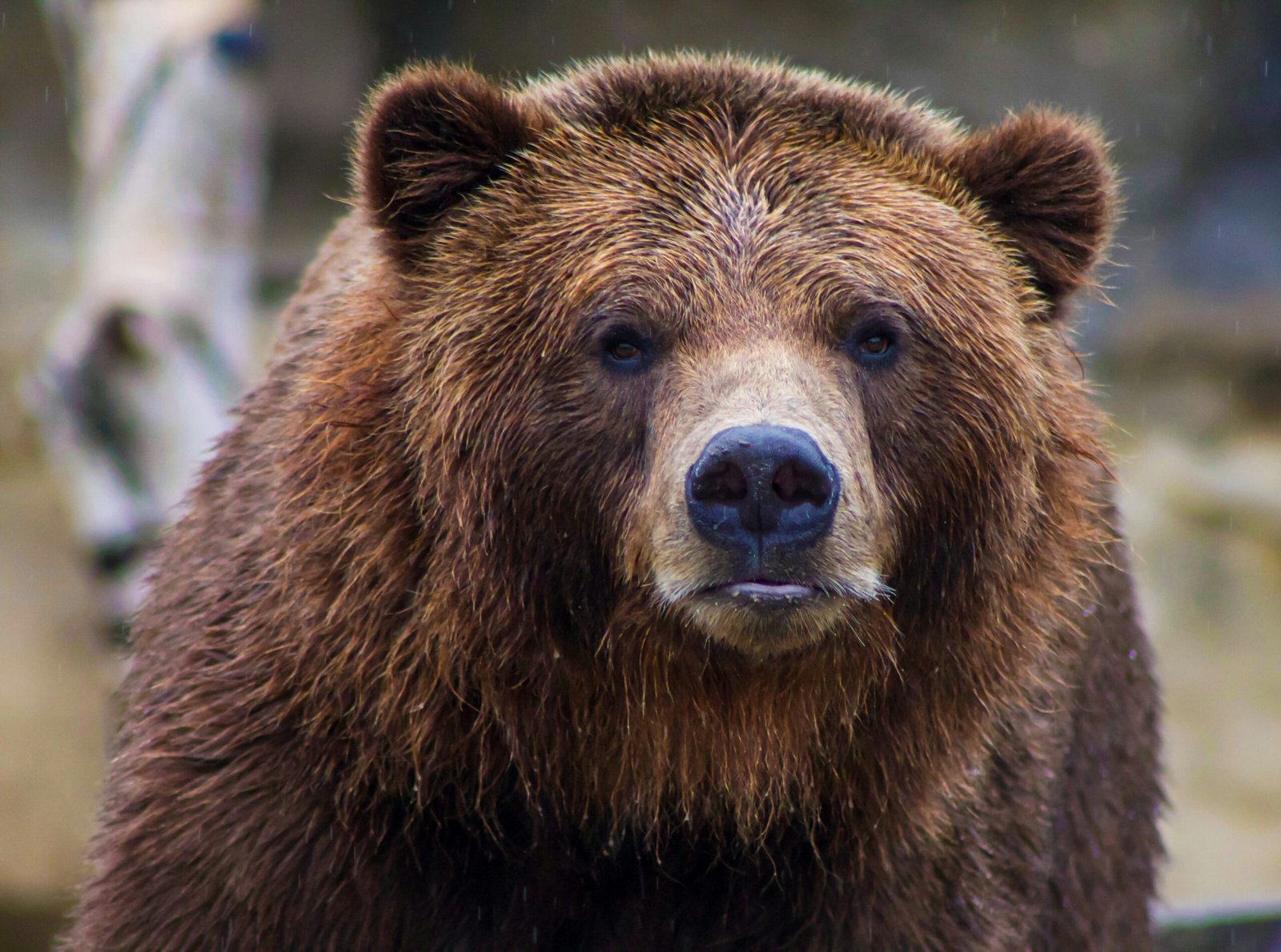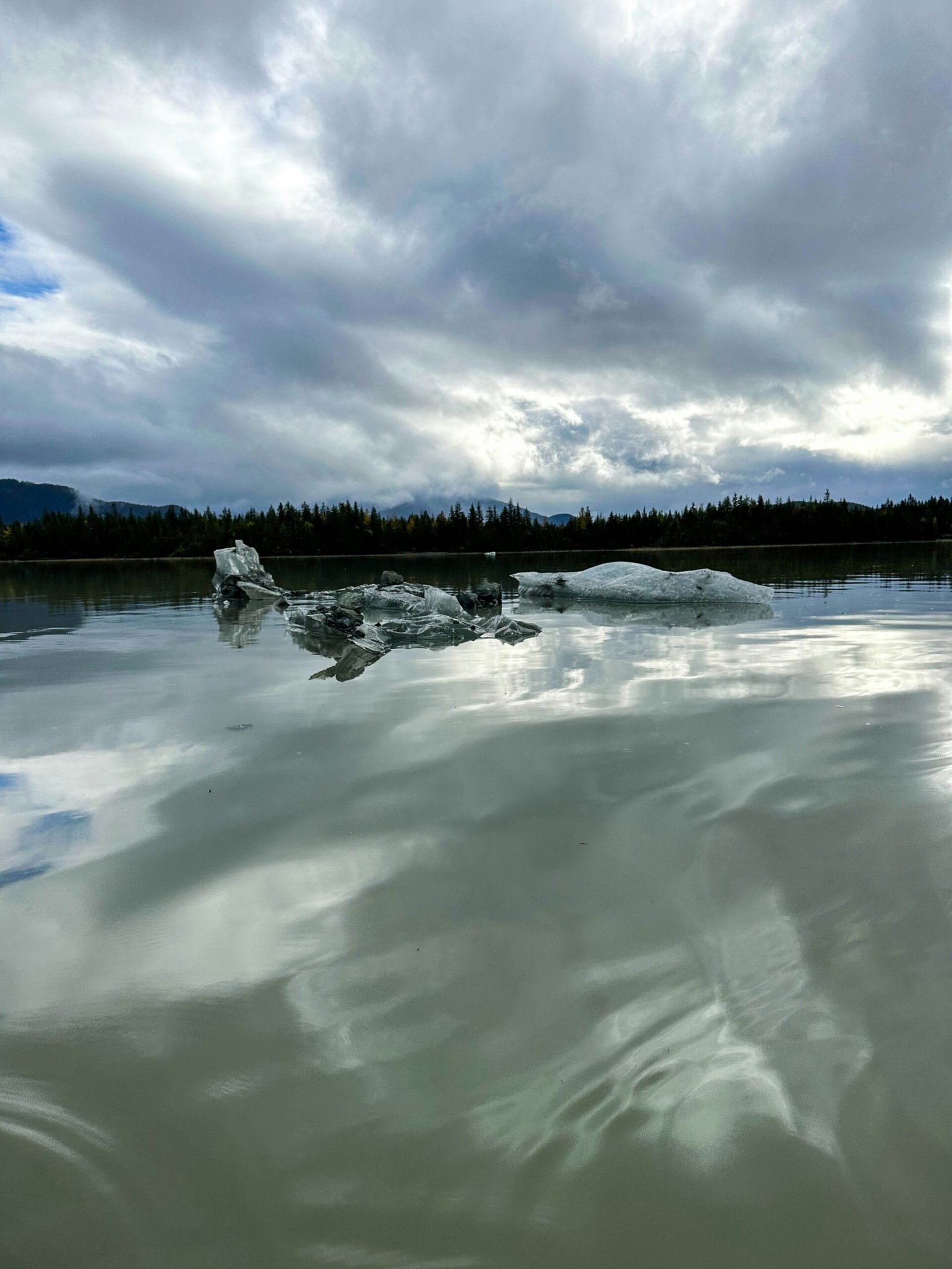
One of the most iconic animals that call Alaska home is the grizzly bear. These massive creatures can weigh up to 1,500 pounds and are known for their incredible strength and agility. In Alaska, you can observe grizzly bears in their natural environment, catching salmon in the rivers or foraging for berries in the lush forests. Witnessing a grizzly bear in action is a truly awe-inspiring sight that will leave you with memories to last a lifetime.
Another magnificent creature that can be found in the waters surrounding Alaska is the humpback whale. These gentle giants migrate thousands of miles each year to feed in the nutrient-rich waters of the state. With their impressive size and acrobatic displays, humpback whales are a sight to behold. Imagine seeing one breach the surface of the water, its massive tail flapping as it dives back into the depths. It’s an experience that will leave you speechless.
Alaska is also home to a wide variety of bird species, making it a paradise for birdwatchers. From bald eagles soaring through the sky to colorful puffins nesting on rocky cliffs, the state offers a unique opportunity to observe these feathered wonders up close. Take a boat tour to a remote island or hike through the wilderness to discover the diverse birdlife that calls Alaska home.
For those who are interested in marine life, Alaska’s coastal waters are teeming with marine mammals such as sea otters, seals, and sea lions. These playful creatures can often be seen lounging on rocky shores or floating effortlessly in the water. Get your camera ready to capture their adorable antics as they go about their daily lives.
Exploring the wildlife of Alaska is not only a thrilling adventure but also an opportunity to learn about the delicate balance of nature. The state’s vast wilderness provides a safe haven for these animals, allowing them to thrive in their natural habitat. By observing and understanding their behaviors, we can gain a greater appreciation for the importance of conservation and protecting these incredible creatures for future generations.
1. Bears of Alaska
Alaska is renowned for its bear population, with both black bears and grizzly bears calling the state home. One of the best places to observe these magnificent creatures is at Katmai National Park and Preserve. Here, you can witness the famous brown bears catching salmon as they swim upstream. It’s an awe-inspiring sight that will leave you in awe of nature’s power.
Another popular bear-watching destination is Admiralty Island, also known as “Fortress of the Bears.” This island has the highest concentration of brown bears in the world, offering a unique opportunity to observe them in their natural habitat. Whether you choose to embark on a guided tour or explore on your own, be sure to keep a safe distance and respect the bears’ space.
Aside from Katmai National Park and Admiralty Island, there are numerous other areas in Alaska where bear sightings are common. The Kodiak National Wildlife Refuge, located on Kodiak Island, is home to the Kodiak bear, the largest subspecies of brown bear. These massive creatures can weigh up to 1,500 pounds and are known for their impressive size and strength.
Denali National Park and Preserve is another prime location for bear enthusiasts. This vast wilderness is home to both black bears and grizzly bears, providing ample opportunities for sightings. The park offers various hiking trails and guided tours that allow visitors to explore the park while keeping an eye out for these majestic animals.
For those looking for a more unique bear-watching experience, the McNeil River State Game Sanctuary is worth considering. This remote sanctuary is accessible only by a limited number of permits, ensuring a more intimate encounter with the bears. Visitors have the opportunity to observe the bears as they fish for salmon in the river or lounge in the grassy meadows.
While bear-watching can be an exciting and memorable experience, it’s important to remember that bears are wild animals and should be treated with caution and respect. It’s crucial to follow all park regulations and guidelines to ensure both your safety and the well-being of the bears. Keeping a safe distance, avoiding sudden movements, and storing food properly are all essential practices to minimize any potential conflicts with these magnificent creatures.
Another incredible location for whale watching in Alaska is the Inside Passage. This scenic waterway stretches along the southeastern coast of Alaska and is home to a diverse range of marine life, including several species of whales. As you cruise through the calm waters of the Inside Passage, keep your eyes peeled for the distinctive blows and flukes of humpback whales.
Humpback whales are known for their acrobatic displays, often leaping out of the water and slapping their tails on the surface. These magnificent creatures can grow up to 50 feet long and weigh around 40 tons. They migrate to Alaska from their winter breeding grounds in Hawaii, traveling thousands of miles to feast on the abundant krill and small fish found in the nutrient-rich waters.
In addition to humpback whales, you may also spot orcas, or killer whales, in the Inside Passage. Orcas are highly intelligent and social animals, known for their distinctive black and white markings. They are skilled hunters and often travel in family groups called pods. These majestic creatures can be seen swimming gracefully through the water, hunting for prey and communicating with one another through a series of clicks, whistles, and other vocalizations.
Gray whales are another species commonly found in Alaska’s coastal waters. These massive creatures undertake one of the longest migrations of any mammal, traveling from their breeding grounds in Baja California to the cold waters of Alaska. Gray whales are known for their friendly and curious nature, often approaching boats to investigate. If you’re lucky, you may even have the opportunity to see a mother and calf swimming together.
Whether you choose to explore the Kenai Fjords National Park, Glacier Bay National Park and Preserve, or the Inside Passage, Alaska offers unparalleled opportunities for whale watching. The chance to witness these magnificent creatures in their natural habitat is an experience that will stay with you forever. So grab your binoculars and camera, and get ready for an unforgettable adventure in the land of the whales.
For those interested in observing seabirds, the Alaska Maritime National Wildlife Refuge is a must-visit location. This refuge spans over 2,500 islands and provides a sanctuary for millions of birds. Visitors can witness the incredible sight of colonies of puffins, murres, and auklets nesting on the cliffs and rocky shores.
Alaska’s interior also offers fantastic birdwatching opportunities. Denali National Park and Preserve is home to a variety of bird species, including the majestic gyrfalcon and the elusive Arctic warbler. The park’s vast wilderness provides a pristine habitat for these birds, and visitors can explore the park’s trails and meadows to catch a glimpse of these beautiful creatures.
During the spring and fall, birdwatchers flock to the Copper River Delta, one of the largest wetland areas in North America. This delta serves as a crucial stopover for migratory birds, and over 5 million shorebirds pass through the area each year. Visitors can witness the spectacle of thousands of sandhill cranes, dunlins, and other shorebirds feeding and resting in the delta’s marshes.
Alaska’s birdwatching opportunities are not limited to the summer months. In fact, winter is an excellent time to observe certain species, such as the snowy owl. These magnificent birds migrate to Alaska from the Arctic during the colder months, and can often be spotted in open areas, such as tundra or coastal plains.
Whether you are a seasoned birder or just starting out, Alaska offers a wealth of opportunities to observe and appreciate its diverse bird species. From the coastal areas teeming with seabirds to the vast wilderness of the interior, there is something for every birdwatching enthusiast in the Last Frontier.




